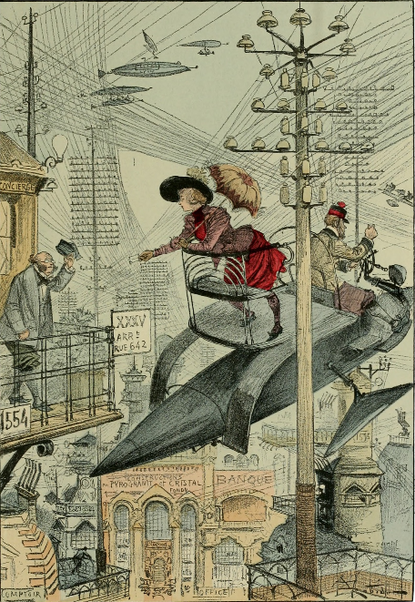LabCombinat: finally?
LabCombinat cultural centre is positioning itself as a non-profit organization, grounded on the principles of artistic cooperation and oriented towards developing independent art-movements without any censorship and bureaucracy. Such efforts are always one to little, they are warmly welcomed and many put their hopes of artistic revival upon them. Ukrainian contemporary art started with the Paris Commune which was, to be more precise, a squat. The world has seen many examples of such art-communities: there is TACHELES in Berlin, the FLOORS loft-project in Saint-Petersburg, GARAZH in Moscow, CABLE FACTORY iin Helsinki, MELKWEG in Amsterdam. Let’s take a closer look at what we have here, in Kyiv.
The road to the land of free art lies down an old street in Podil, according to some – “just a minute from the Taras Shevchenko tube station”. In itself, LabCombinat is a spacious warehouse-like building with a small backyard.

General view of the LabCombinal space.
As you enter, you are right away offered tea and sandwiches (for money, of course). Aound you – what seems to be a very liberal atmosphere, ideal for art-communication. According to the people behind LabCombinat, this internal cooperation is exactly what is lacking in the contemporary art-scene. The closing of the Loser-Art-Fest, during which we got to see the space, was a perfect reflection on the format and context of LabCombinat’s existence.

General view of the LabCombinat space with a car in the middle of it
According to curator Dmitri Bugaichuk, the show was done with an intention to laugh at losers and consisted of works which somehow ‘failed’ in an artistic, architectural or any other sense. Each work was accompanied by a text which offered an explanation of how and why the work is a ‘failure’; some pieces consisted entirely of text, as, for examole, works by Svetlana Gorbenko and Svetlana Sova.
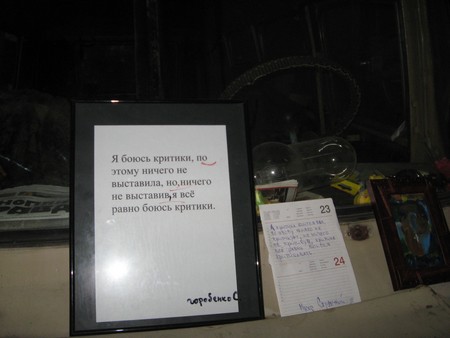
A piece by Svetlana Gorbenko
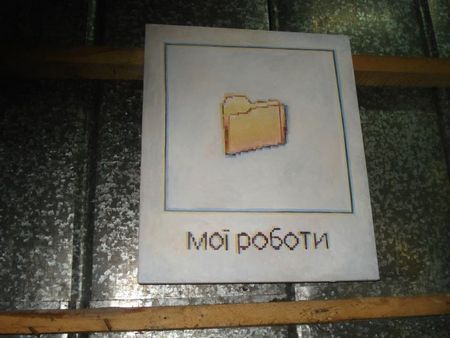
A piece by Svetlana Sova
Most of the works are touching upon the subjects interesting mostly from the point of view of the artsits themselves, like the relations between the commissioner (customer) and the artist. A work by Vladimir Kuznietsov was decided to be not worthy of conservation, while architect Taras Polishchuk failed to meet the commissioner.
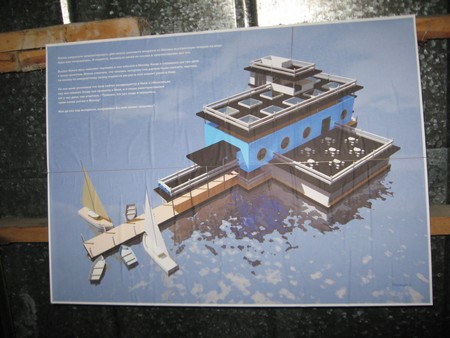
Taras Polishchuk. “Cool Project”
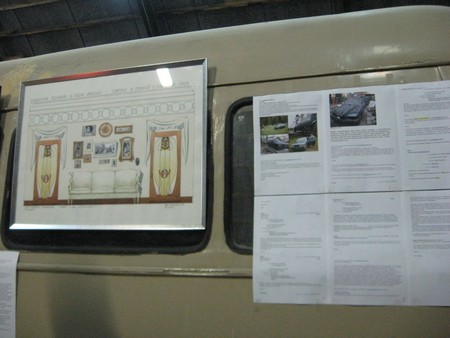
Vladimir Kuznietsov’s project
Nikita Kadan couldn’t finish his project because the gallery didn’t have sufficient funds for it.
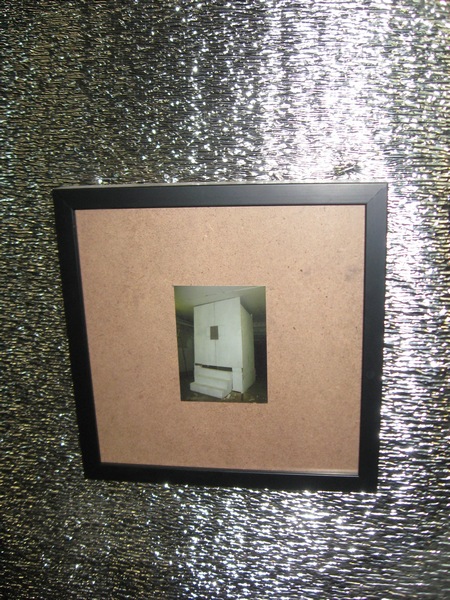
Photograph of Nikita Kadan’s unfinished project
Zhanna Kadyrova’s sculpture was completed in cardboard instead of concrete, which was contradictory to the artist’s conception.
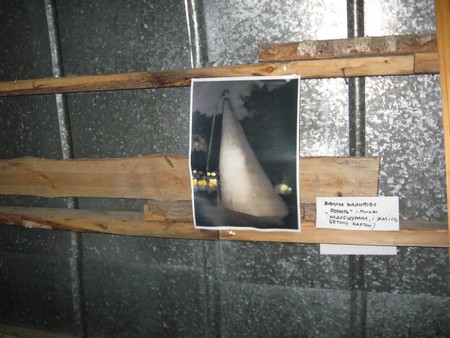
Photograph of Zanna Kadyrova’s failed project
The paint on Maksim Mamsikov’s painting started to crack.

Work by Maksim Mamsikov.
All this – the show, the works and the concept – are very successfully illustrated by an installation by Olesya Trofimenko and Yaroslav Kolomiychuk – a spinning wheel with words “Senseless” and “Disfunctional” attached to it.

Installation by Olesya Trofimenko and Yaroslav Kolomiychuk.
Thus – a closed art-society united under an l’arte pour l’arte motto. One get’s an impression that a contemporary Ukrainian artists still lacks a breath of fresh air, a certain level of independence: he or she are stil pressured by the need to be liked by the public, the gallerists, curators, and clients. But something like Ksenia Gnilitskaya’s piece Everyone Wins, a drawing depicting numerous targets, can be seen as a metaphorical symbol for the show: no matter wjich spot the dart hits, it still hits the target!

Ksenia Gnilitskaya. Everyone Wins.
A century after Duchamp Ukrainian artists are reviving the idea that any object can become part of an exhibition. One can with confidence say that Modernism in Ukraine did happen. But what about what the rest of the world has be doing for the past century?
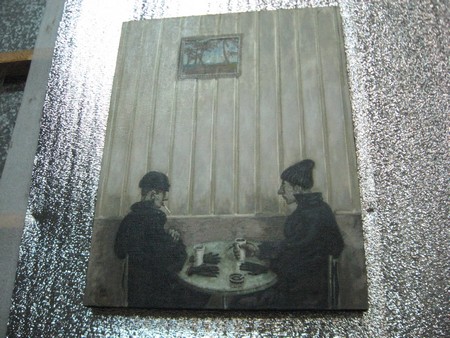
Ivan Mikhailov. Morning.

Anna Landikhova



